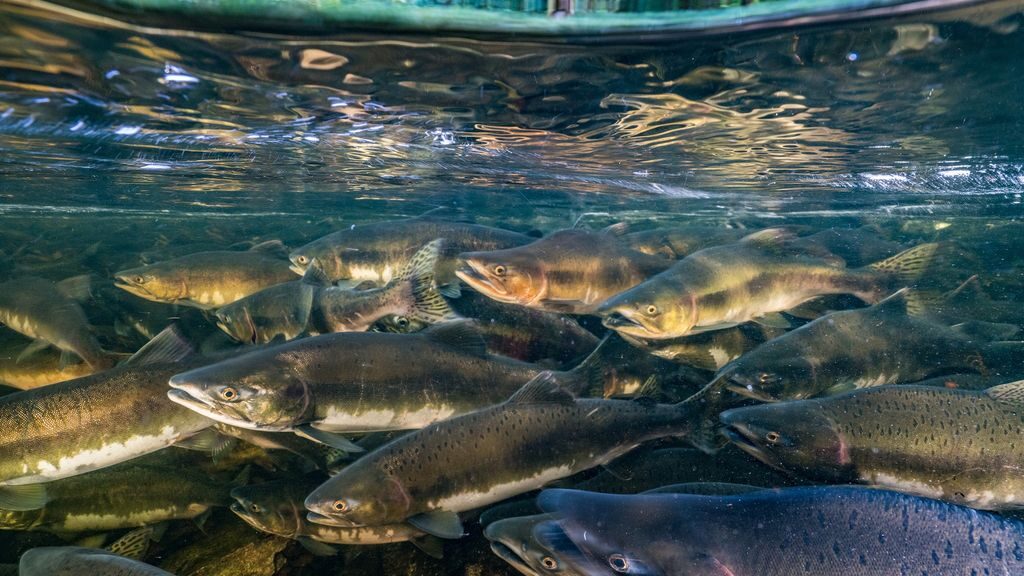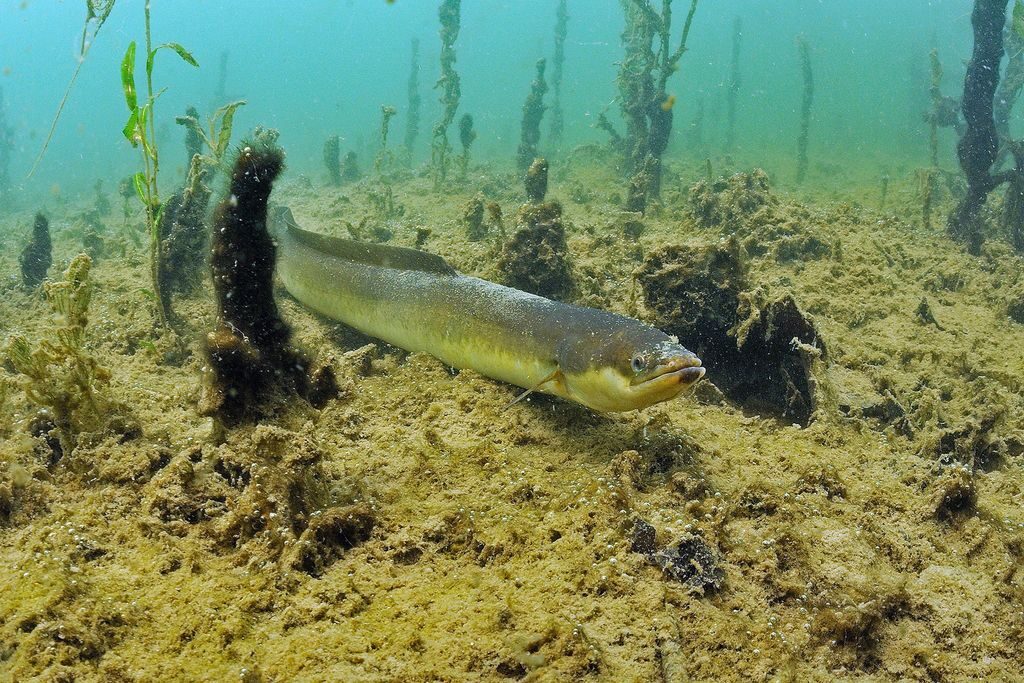
The global assessment, described as the first of its kind, found that populations of migratory freshwater fish have declined by 76 percent between 1970 and 2016—a higher rate of decline than both marine and terrestrial migratory species.
"We think migratory freshwater fish might be in even greater peril" than the dramatic drop the report indicates, says the report's lead author, Stefanie Deinet of the Zoological Society of London (ZSL). "Adding currently missing information from tropical regions where threats of habitat loss and degradation, overexploitation, and climate change have been increasing, will surely bend the curve of loss downwards."
Published Tuesday on the website of the World Fish Migration Foundation, a nonprofit conservation organisation, the study draws upon The Living Planet Index, a database of global biodiversity managed by the ZSL and the World Wildlife Fund for Nature. It finds that Europe has seen the greatest decline in migratory freshwater fish—with populations there plummeting a staggering 93 percent in the past five decades—followed by Latin America and the Caribbean with an 84 percent decline. (It's not just fish—read about how all freshwater animals face steep declines.)
Epic journeys
Nearly half of the world's more than 30,000 fish species live in fresh water, and many of them—perhaps most—migrate between habitats for breeding and feeding. Some, such as salmon, move from the sea into rivers to spawn; others, such as the European eel, mature in freshwater but spawn in the ocean. There are also many species of so-called potamodromous fish that migrate strictly within freshwater habitats. They include the dorado catfish which makes an epic journey from the Andes to the mouth of the Amazon and back, a distance of 7,200 miles.

"Migratory fish are extremely important to both economies and ecosystems, yet they're often overlooked," says Herman Wanningen, an aquatic ecologist and creative director of the World Fish Migration Foundation in Groningen, Holland.
The report points to habitat degradation, alteration, and loss as the largest threat to all migratory fish. Increasingly, dams and other river barriers block fish from reaching their mating or feeding grounds, thereby disrupting their life cycles. A study last year showed that only a third of the world's large rivers remain free-flowing.
This may explain why Europe, which has few undammed major rivers, has seen such a large drop. One group of highly migratory fish found in Europe, sturgeon, declined by more than 90 percent since 1970—the biggest decline among the almost 250 species monitored for the report. Of the six sturgeon species historically swimming in the Danube River, at least one is believed to have gone extinct and most of the others are listed as critically endangered. (Read about another migratory fish, a close relative of the sturgeon called the Chinese paddlefish, that was declared extinct in early 2020.)
Invasive species, disease, pollution, and overfishing also are major threats to migratory fish.



Reader Comments
to our Newsletter